Between churches and abbeys in search of Saint Benedict
Benedict of Norcia, who lived in the first half of the 6th century AD, was the founder of the Order bearing his name, which, along with the Franciscan Order, was among the most important of the Middle Ages.
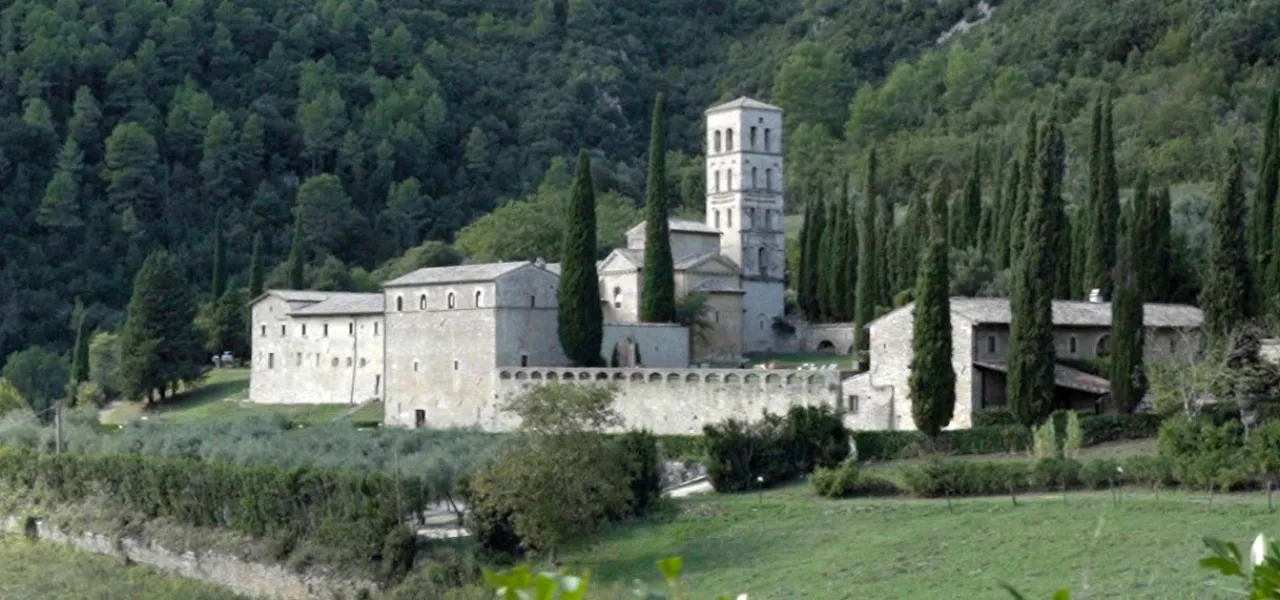
The Benedictines contrasted the asceticism typical of Eastern monasticism with the Ora et Labora (pray and work) rule, emphasizing the fusion of contemplative and operative acts. The cenobitic way of life that emerged gathered numerous followers and led to the construction of abbeys and monasteries throughout Italy and particularly in Umbria.
At the time, places of worship represented real economic and cultural centres.
They were complex and communal structures, true citadels, characterised by crops, granaries, warehouses and libraries where scribe monks transcribed classical and sacred texts in Latin and Greek. The stages of the Benedictine itineraries in southern Umbria intersect architectural gems of rare beauty and environmental value.
Let's explore some of them...
THE STAGES OF THE ITINERARY
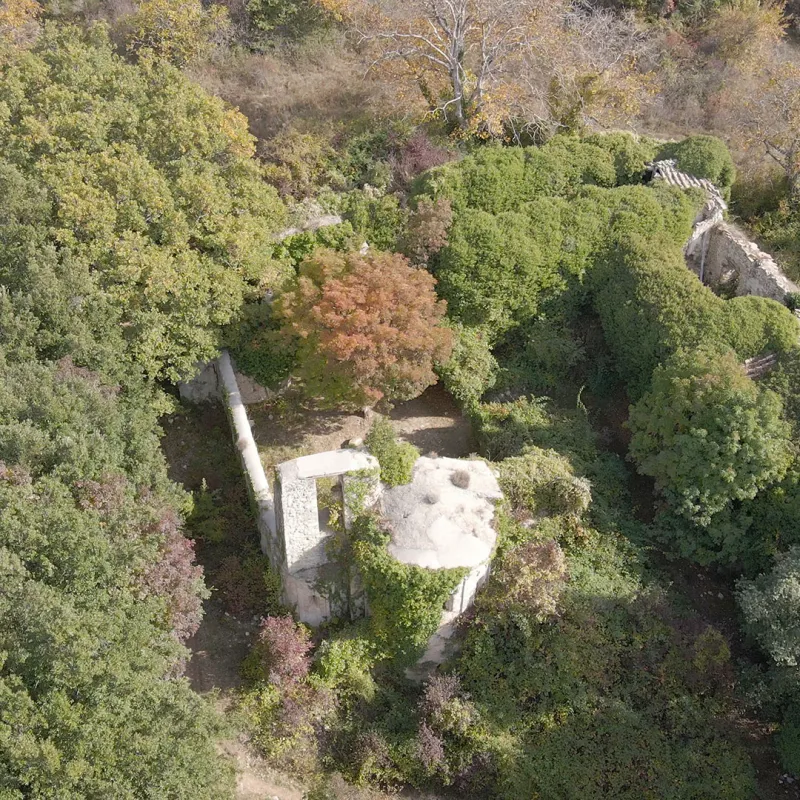
Along the route that connects Stroncone to Miranda are the remains of the Abbey of San Benedetto, which takes its name “fundis” from the nearby source of the monks.
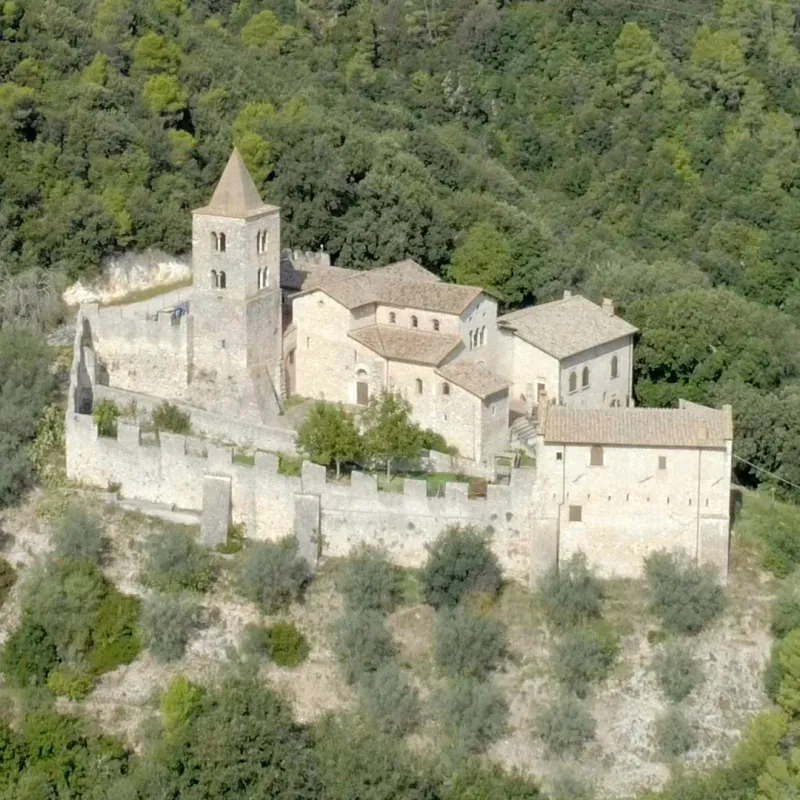
Secluded amidst the green woods of Monte Santa Croce, in the Narni area, the Benedictine abbey of San Cassiano has the charm of places that guard centuries of history.
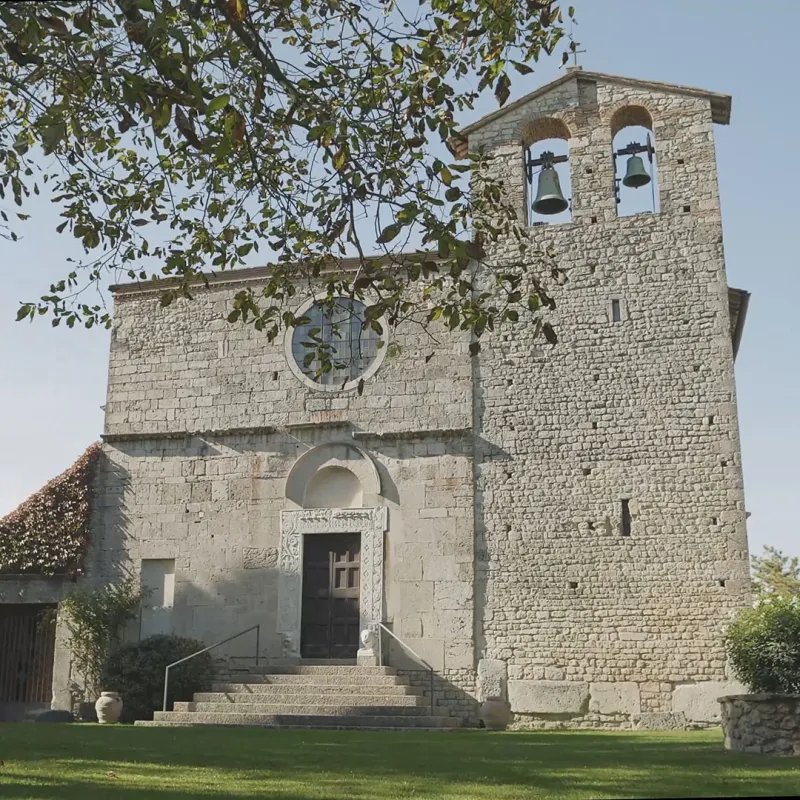
The church of San Nicolò was founded around the year 800 by St Geminus, who came from Syria and became a Benedictine monk and settled in an existing monastery outside the oldest city walls.
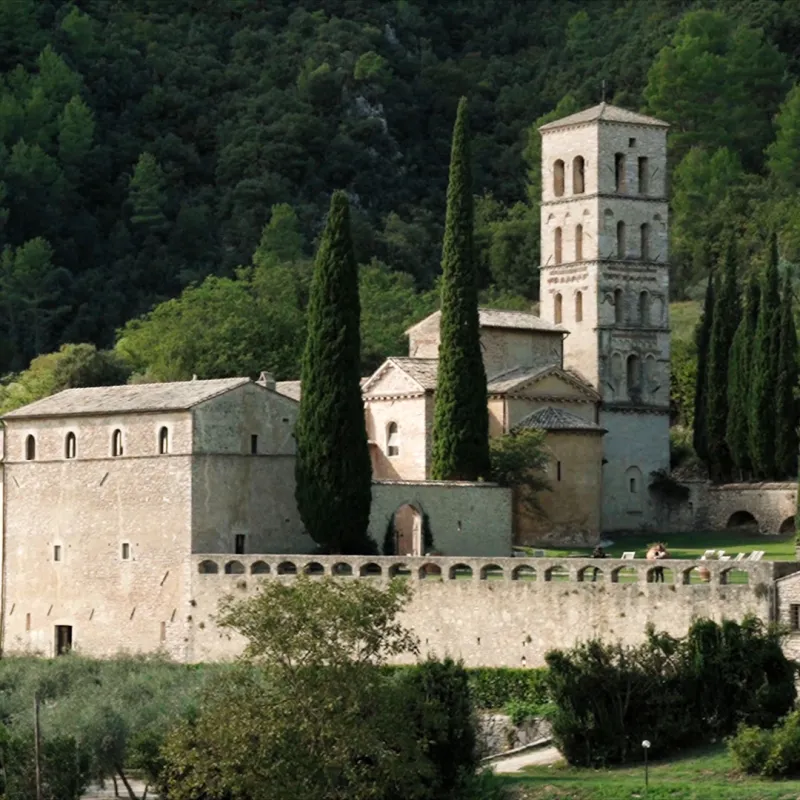
The abbey of San Pietro in Valle has thousands of years of history and has its roots in the early Middle Ages.